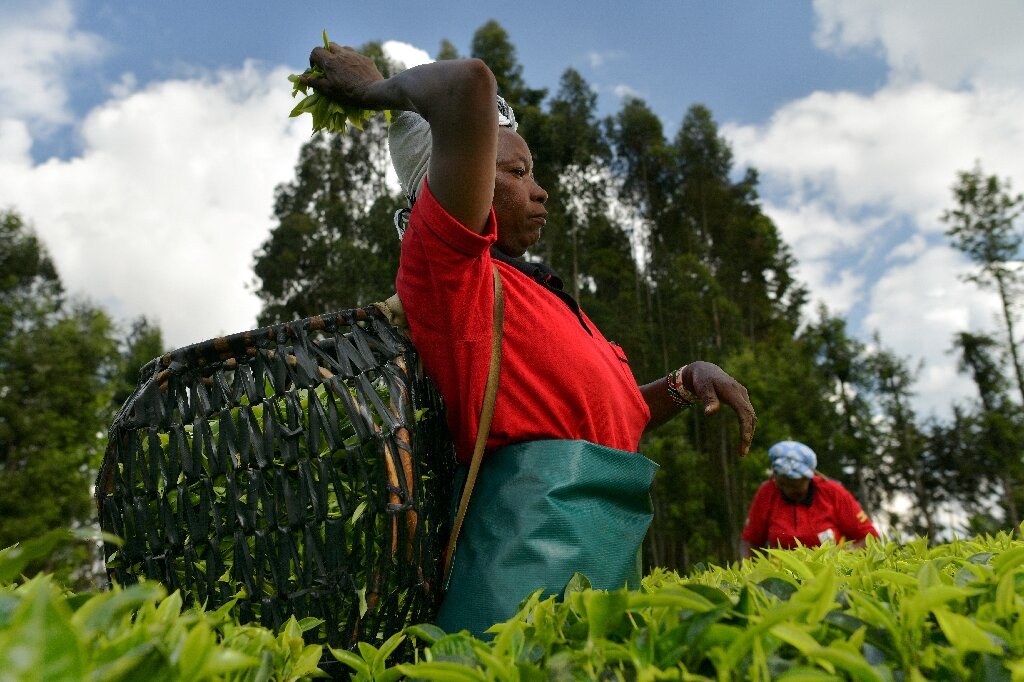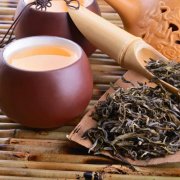What are the different characteristics of the four major tea producing areas and representative tea in the world? Which black tea is the most expensive?
Water is the life of mankind. No matter in what form it appears, it is a necessary drink for all living things to survive. Out of this need and the inherent desire for improvement and innovation, humans have come up with a variety of ways to drink water, from flavored soda to coffee. Although they are all based on liquid, their tastes and contents are very different, and this difference is most common in the world of tea. Tea originated in Southeast Asia and plays an important role in social function and economic value. Many countries are famous for their unique tea taste and high tea production. The following countries are the largest tea producers in the world. 1. With an output of more than 2 million tons, China is the largest tea producer in the world. Tea is an important part of China's social structure, which has been playing an important role in economic development and daily life. It is speculated that tea was created in this civilization in 2737 BC, when Emperor shennongn drank boiled water and the leaves inadvertently fell into it. The emperor had an interest in science and passed a decree that all drinking water must be boiled for sanitary reasons, so when he saw the hot water of the leaves turned brown, he was said to be fascinated by drinking water and his enthusiasm for scientific discovery. China is famous for its wide variety of tea, including green tea, black tea and oolong tea. China also has a vibrant tea drinking culture, and people attach great importance to the taste and environment of drinking tea. The legend of tea even contains the concepts of philosophy, ethics and morality. two。 India ranks second with tea production of 1.2 million tons. A long time ago, silk caravans from China to Europe first introduced tea to India. Despite this early connection, it did not flourish until the British formally introduced the drink into culture. The country's climate is perfect for growing this plant, and the quality of tea is on a par with that of China, and the British want to break China's monopoly on tea production by growing tea in their cherished colony of India. And, as in China, tea is an important part of daily life in this country. The Indian tea market is huge, with thousands of tea gardens across the country, including popular varieties such as Darjeeling and Assam. More than half of the tea produced in India is left for domestic consumption, making India a country with 1 billion tea drinkers.

3. Kenya is the next country on the list, with a total output of 432400 tons of tea. Although most people do not immediately think of Kenya when it comes to tea, in fact, Kenya is the world's largest exporter of black tea, with more than 500000 small-scale farmers growing tea in Kenya. Its position near the equator provides sufficient sunlight and optimal conditions for plant growth. The earliest tea trees in Kenya were sown in the early 20th century and have been a major local crop ever since. 4. Sri Lanka is the fourth largest tea producer in the world, with its citizens growing 340230 tons of tea. It is one of the largest exporters of orthodox tea in the world, especially famous for its Ceylon tea, so named because the country was called Ceylon by the colonists in the past. Although the country initially produced more coffee, they turned to tea after a Fusarium wilt destroyed their crops. Tea is now the country's main foreign exchange transaction with other countries, and tea production accounts for 2 per cent of the country's GDP.
Important Notice :
前街咖啡 FrontStreet Coffee has moved to new addredd:
FrontStreet Coffee Address: 315,Donghua East Road,GuangZhou
Tel:020 38364473
- Prev

What kind of drinking tea is mainly the four major producing areas of loose leaf tea and how to brew the tea?
How to make tea it is easy to brew loose tea with suitable tools. All you need is a pan, teapot or similar container to heat hot water, high-quality tea and a filter. Here is a quick classification of how to make tea. Product description: add hot water to a pan or teapot. The appropriate temperature depends on the tea you brew.
- Next

Sri Lanka to create the world's cleanest tea Sri Lanka black tea three brands expensive
Sri Lanka government officials have issued a controversial decree essentially cutting off the supply of fertilizers, herbicides and pesticides in an effort to keep local tea intact and profitable. The project is wide-ranging and addresses soil depletion, aging livestock, labour issues, domestic consumption and exports. due to
Related
- Being chased out of the rain in front of Starbucks?! Store: Sheltering from rain under umbrellas poses a safety hazard
- The white moonlight has changed?! Lucky launches "Big Winter Pear American"
- Hand-brewed coffee three-stage method, high-sweet and universal brewing method to share! What does the high sweet water level of hand-brewed coffee mean?
- What is the difference between raw, refined and full espresso coffee? How to extract espresso and taste good?
- A complete list of coffee bean names and their meanings! What is Yejia Shefi coffee? Where is Mantelin coffee?
- What grade does Arida Manor Kaduai coffee beans belong to? What treatment is Arida ASD slow anaerobic sun exposure?
- The milk tea cup becomes smaller?! Overlord Tea Girl launches a new "Return to Yunnan" series
- Accused of selling counterfeit and high-priced coffee beans! Well-known boutique coffee brand "Oukelao" bowed and apologized!
- How to make espresso dumplings? Can I eat coffee and glutinous rice balls together?
- Save the unformed and stagnant powder cakes in one second! What is the problem with stagnant water in the powder bowl of the espresso machine?

